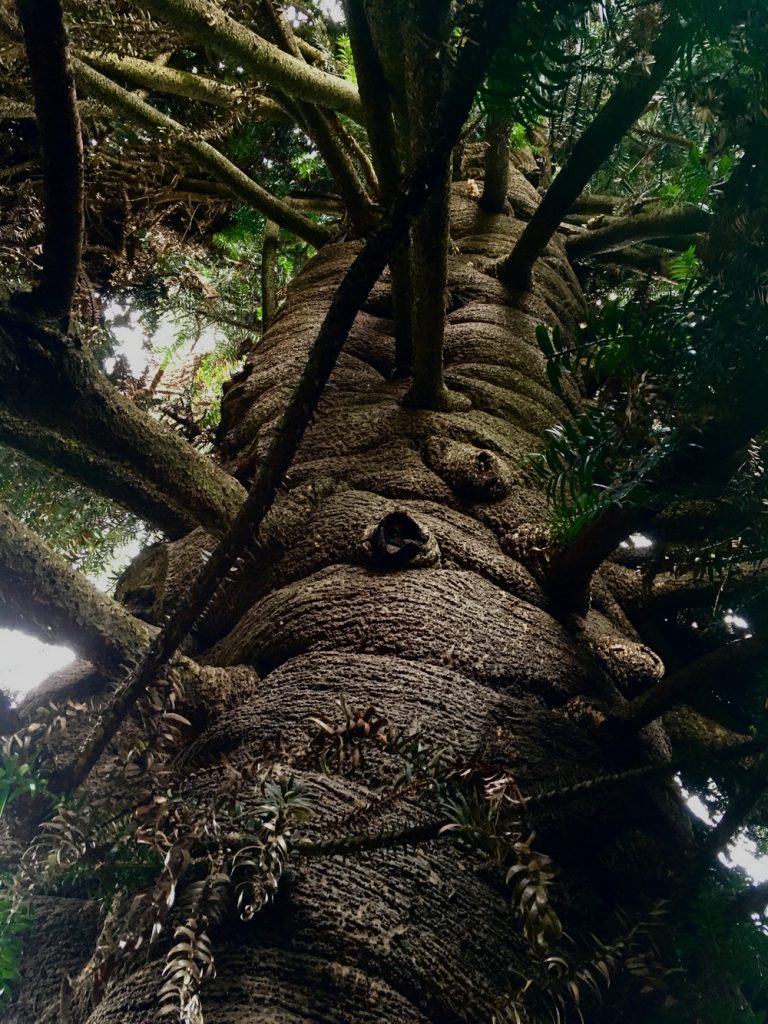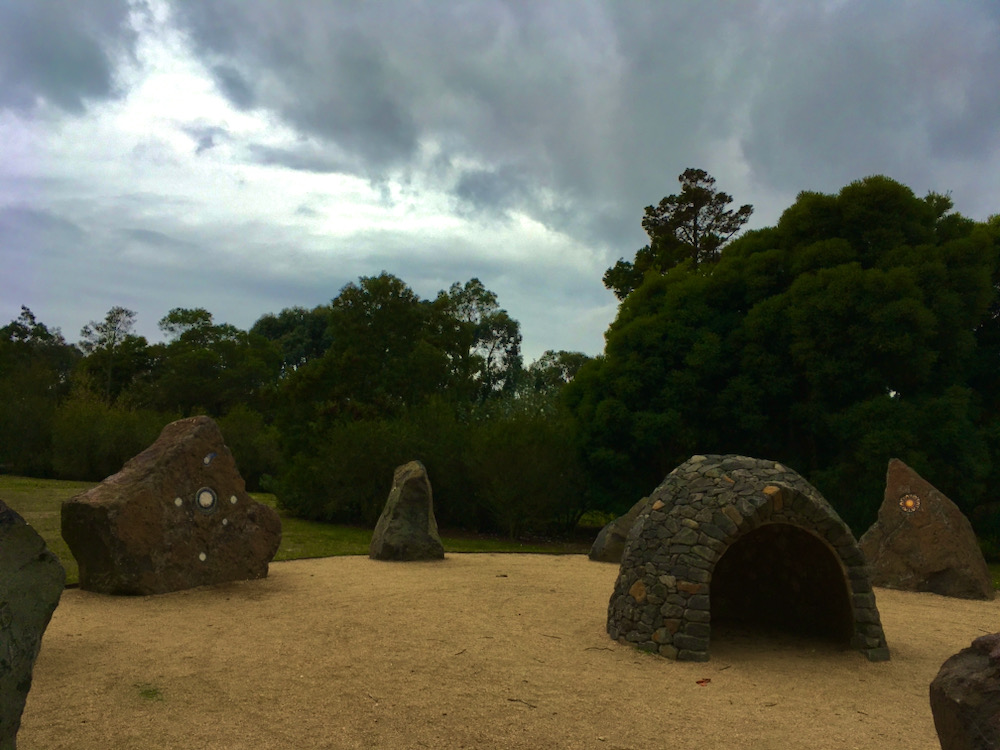It was mid-autumn, when leaves from deciduous trees change from green to red, orange or brown before falling on the ground. Plants stop producing food and begin to grow dormant. Animals prepare for the upcoming cold, long months ahead, storing food or travelling to warmer regions. There is less sunlight because the days are shorter and temperatures gradually decrease.
I love autumn. It’s a season of transformation, weather changes, scenery changes, our moods change too. It’s like a mature lady. Exquisiteness comes from within; like a sunset, magnificent to watch while it lasts.
Travelling within Victoria, it came to my mind that I never wish to travel away from Victoria during autumn. It’s the most splendid time of the year for every single Victorian to enjoy. During the pandemic constraints for the past two years, my travelling distance was within 25 kilometres if permitted so I was looking to move further after the restrictions were relaxed. To be sure, to be sure, I chose the much familiar and nearby town Ballarat for my very first visit to break the non-travelling streak.
Once the central point of the Australian Gold Rush era, in the 1850s it would take eight days to travel from Keilor on foot. Nowadays, it’s just one hour’s drive from Melbourne, if you don’t count the busy traffic around Melbourne.
Ballarat is the third largest city in Victoria. The city centre is filled with grand historic buildings that reflect its prosperous past. Its tourism offerings are much more than the living museum at Sovereign Hill. It also has an emerging cultural arts scene and stages several festivals throughout the year.
The weather was predicted to be wet when we headed to Ballarat. Our pre-booked accommodation and family commitments gave us very little choice but to keep to our plan. In fact, Victoria has 139 days of rain in a year. As long as there are no heavy downpours, I don’t see the need to change or cancel outdoor activities. Sometimes, drizzle or light showers give the atmosphere a diverse appearance. Have you ever walked in the rain? It’s refreshing, uplifting and inspiring.
We took our own sweet time walking in the city centre, trying to immerse ourselves in the first Australian city to be registered as a member of the International League of Historical Cities. We dropped into the Information Centre in the historic Town Hall, picked up a few handy maps and brochures about local attractions and got some good advice from a dedicated and knowledgeable volunteer ambassador. Walking amongst the former Post Office building, Ballarat Railway Station, Australia’s oldest regional Art Gallery, former Gaol, Her Majesty’s Theatre, The Cathedral Church of Christ the King and many others, we appreciated the surroundings and cherished its past even more.
The Eureka Centre is located at the historic site of the 1854 Eureka Stockade where rebellious gold prospectors sought various reforms, notably the abolition of mining licenses, clashing with government forces. Because of the courage and determination of the diggers and their willingness to defend their rights, it paved the path for Australian democracy. Now it is home to one of Australia’s most iconic cultural objects and textile treasures, the Eureka Flag.
I have visited the Begonia Festival many times in the past but, because of my vertigo incident, I had to give this year’s a miss. Pity! It is an innovative garden-based horticultural event. The Ballarat Botanical Garden nursery team provide some form of attention to the begonias for ten months of the year, to have them on display for four to six weeks. Begonias have male and female flowers. Every day during the display period, staff would remove the new single flower, to allow the plant to put all its energy into the much larger and showy male flowers. Next year, see if you can spot the differences.
The cool climate Ballarat Botanical Garden features a remarkable collection of mature trees. My favourite is the Bunya Bunya Pine Trees. They are tall with thick trunks, a symmetrical branch structure and immense dome-shaped leafy crowns. They have been protected in their national park wild habitat, and would normally live for more than 1,000 years. They witnessed the dinosaurs’ extinction.

Lake Wendouree is part of the Botanical Garden; an artificially created and maintained shallow lake, naturally fed by stormwater from a relatively limited urban catchment. Residents or tourists walk, run or ride their bikes on the six-kilometre long track around the lake, picnic by the water’s edge, play at the Adventure Playground, sit patiently next to their fishing rods and watch swans glide along the peaceful waters. If you are lucky like us, you might see the “Aquatic Weed Harvester” working on the lake to get rid of aquatic vegetation. We also saw a few men happily working beside the foreshore, trying to clear away unwanted weeds from under the water.
The most impressive new addition to the garden is the Aboriginal stone circle “Ancestral Stones”. The artwork was created by Aboriginal artist Deanne Gilson in 2019. She said, “The stones are the holders of memory and knowledge, Country and Spirit. They mark the cosmos and seasons. They follow the sun, marking the summer and winter solstice, important dates in our calendar, for planting and harvesting and tell the history of our past, present and future.”

Prime Ministers Avenue, next to the Robert Clark Conservatory, has the past Prime Ministers of Australia displayed as bronze portraits mounted on polished granite pedestals. The artists caught some of the more recent PMs’ characteristics, reminding us of memorable moments in history. Topics rose from our tongues one after the other. We spent lots of time talking about politics and I didn’t raise my voice at all.
The Statuary Pavilion is home to “The flight from Pompeii” marble statue with four accompanying statues, Susannah, Ruth, Rebekah and Modesty. They were unveiled in 1888 and illustrate the social feeling of the time. The statues are finely crafted with great attention to detail; delightful to look at with natural light coming from all directions. It’s a product of the glorious gold rush period that has today become one of the tourist attraction points.
The living outdoor museum at Sovereign Hill is an authentic recreation of an old gold mining town. It encourages visitors to step back in time for an immersive experience of the gold rush era.
Have you ever imagined being empty-handed, walking into a goldfield, digging about and finding a big piece of gold, and suddenly you are rich? No hard work, sweat, fights nor suffering; how wonderful would that be?
Unfortunately, in reality, life is never that easy, especially in the 1850s gold rush. People crowded into the goldfields from all over the world, desperately wishing to find instant wealth. They worked from daybreak to sunset, spending most of the time in the water, back to the tent at night and slept on an uncomfortable bed with a damp blanket to keep themselves alive. After working like this seven days a week, day in and day out, many of them got arthritis after a few months. Not to mention that the strong ones domineered the weak, the territory fights, the racism, the thieves, the conmen, the bullies, poor diet, aloneness, the list goes on and on. When anyone found a large gold nugget, his life was immediately in danger.
Today visitors can find real gold in the creek. Management provide pans for those who wish to try their luck. We saw many people squatting at the creekside, seriously staring at the pebbles and panning away. I pricked up my ears and listened for a high pitched scream of thrill; maybe it wasn’t a good day for finding gold.
By the way, Ballarat and surrounds is still a good area for gold detecting. If you like the excitement of finding gold, give it a go. As long as you are not in the gold mining business, using a metal detector for gold is categorised as a hobby and therefore any gold you find is not taxable.
There are working shops, the Ballarat Times Office, the Post Office, hotels, bakeries, and a theatre on Main Street. Five schools in the township made me wonder; then we saw at least three groups of primary school students and their teachers on an excursion there. One group of students and teachers were dressed up in 1850s costumes; so adorable and looked the part in that place.
There were many goldfield programs in action – the butcher, the wheelwrights, trooper musket-firing, the blacksmith, printing, first aid in the mine, voltaic battery blasting and horse harnessing; all have their specialties to demonstrate. For the daring and the bold ones, you can venture underground into the deep gold mine to experience the world of 19th-century mining. Taking a ride around the township in a horse-drawn coach brought many smiling faces, and the light-hearted street show draws the most attention from visitors. My favourite would be the wheelwrights, watching craftsmen making the hub and wood bending, and then assembling a coach wheel; captivating indeed.
Seldom do you taste a good meal from a tourist place, but when you need to eat, you have no choice but to eat. We walked into the “New York Bakery”. The pamphlet shows that it has a seasonal menu, offering a blend of contemporary and traditional favourites. Without any expectation, I ordered their homemade vegan bean dish. It was a simple meal, just the way I liked, but I was pleasantly surprised to find it came with abundant flavour. I raise my hat, compliments to the chef.
As a filmmaker’s daughter plus a politician as a godfather, I grew up amongst one gathering after another. Food was always the centre of the gathering; my taste buds got spoiled. While I was in Ballarat, I dropped into the “Eclectic Tastes café & pantry”, recommended by internet reviewers. The waiter was friendly and gave us a good vibe before we even looked at the menu; that’s a pretty good start. The meal and berry smoothie were divine. I know I will be back for more.
It was nice to visit Ballarat, it was nice to come back home too. Others’ golden and silver houses can never compare with my very own mud house.